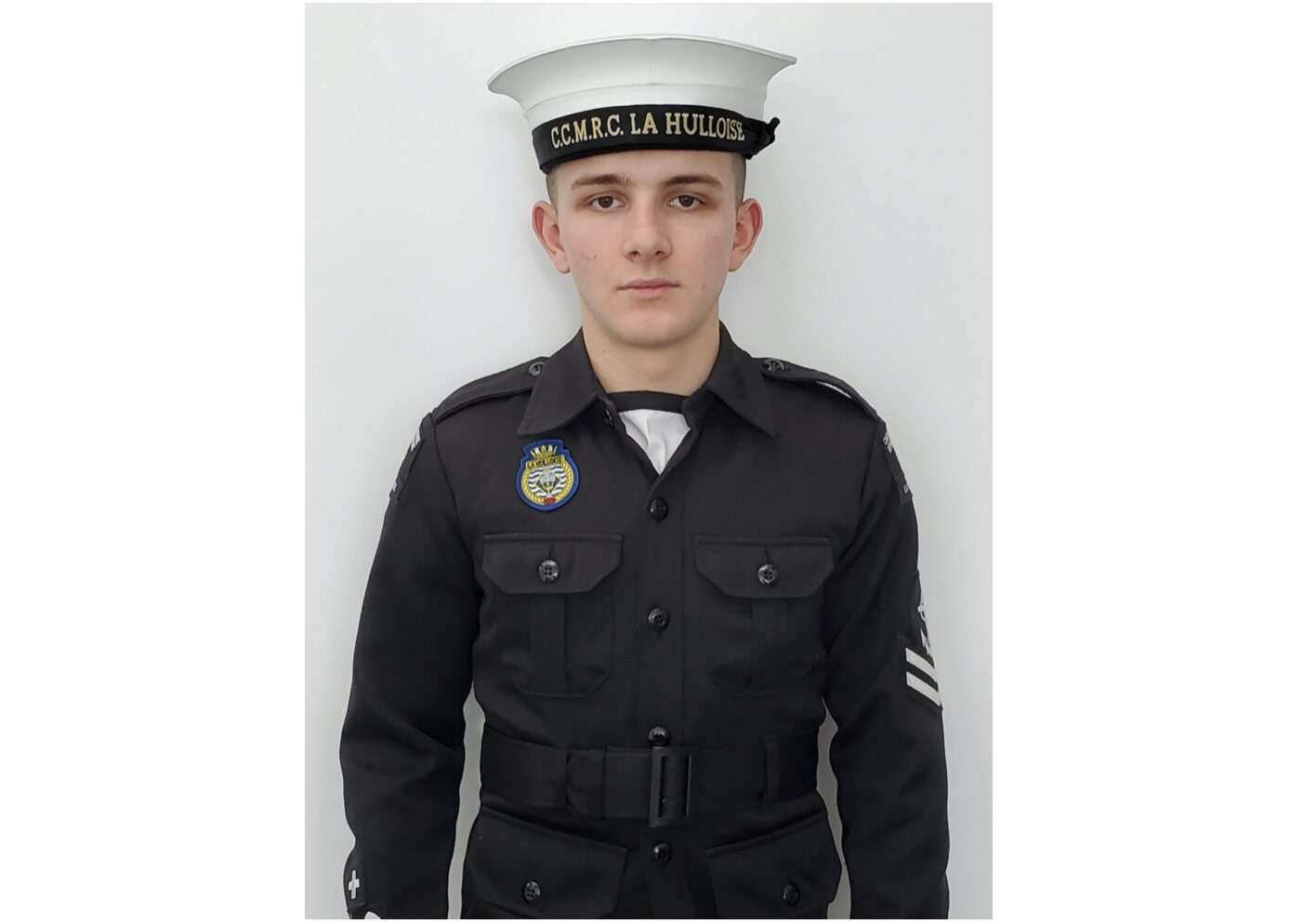The Battle of the Atlantic
The Royal Canadian Navy began the war with only 13 vessels and 3,500 sailors and ended it as one of the world’s largest navies with 373 ships and more than 111,000 sailors (many of which were volunteers), including 6,500 from the Women’s Royal Canadian Naval Services. The Royal Canadian Air Force and the Royal Canadian Navy carried out joint tactical planning and coordinated their assets to sink 50 German U-boats.
The Victoria Cross, which was instituted by Queen Victoria in 1856, is a decoration recognizing conspicuous bravery in the British Commonwealth’s armed services. The Victoria Cross was posthumously awarded to Flight Lieutenant David Hornell, who came across a surfaced U-boat north of the Shetland Islands in June 1944. Although his aircraft was burning and shaking violently after being hit by anti-aircraft fire, Hornell managed to destroy the enemy submarine and land his damaged aircraft on the water. As the plane eventually sank, all eight crew members managed to cling to a dinghy until they were rescued 21 hours later. Unfortunately, due to the prolonged exposure to the frigid ocean water, two crew members, including David Hornell, passed away.
The vast majority of the Royal Canadian Navy’s 2,000 sailors who were killed during the war, had taken part of the Battle of the Atlantic. Another 752 aircraft members of the Royal Canadian Air Force also died in this theatre of operations.
The Battle of the Atlantic officially ended on May 8, 1945, which marked the end of the Second World War in Europe with the surrender of Germany. The Second World War officially ended less four months later on September 2, 1945 with the formal surrender of Japan.
Jean-Michel Poulin
Cadet Matelot-Chef

